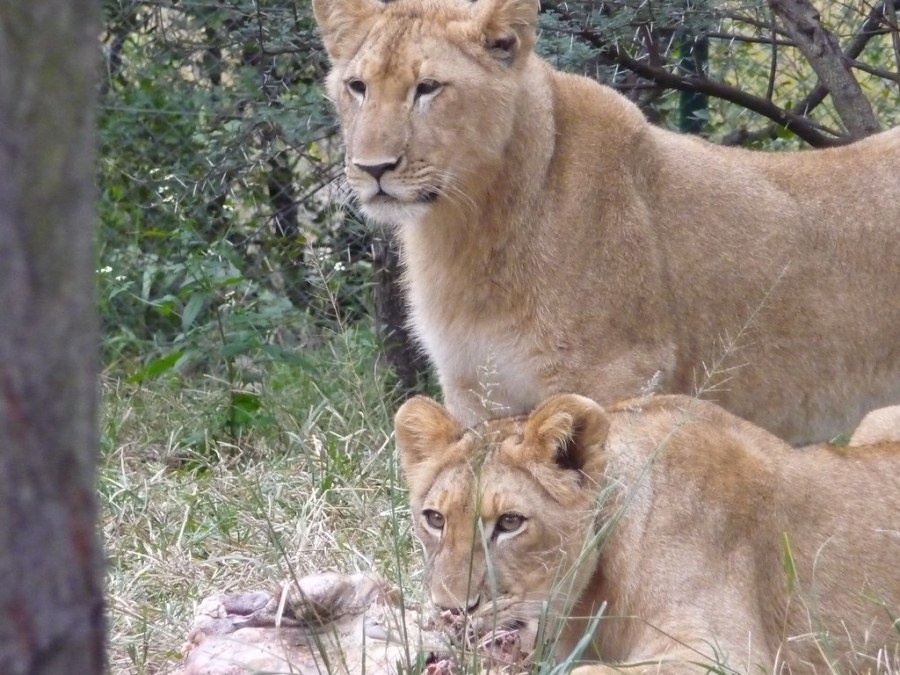Can I Make Money From My Food Blog

All living organisms in the world can be classified as either an autotroph or heterotroph. An autotroph is an organism that can make its own food for energy. A heterotroph is not capable of making its own food. They depend on other organisms to provide them with the energy needed to survive.
Organisms that are classified as being decomposers, consumers, and detritivores are all categorized as being heterotrophs. These groups consist of all animals, fungi species, and some types of bacteria that exist throughout the world. Heterotrophs make up the second and third levels of the food chain.
Decomposers
Decomposers are organisms found at the end of the food chain. They are responsible for returning the nutrients offered from dead organisms back into the soil, which is used by autotrophs for their photosynthesis cycles. These nutrients consist of phosphorus, nitrogen, and carbon. Most decomposers consist of bacteria.
The process of decomposition takes place while the organisms are in their inorganic state. This process is more commonly referred to as nitrogen fixation. During this process, the organism transforms gaseous nitrogen found in the atmosphere into elements, including ammonia, nitrate, and nitrite. These elements are used by other living things at different levels of the food chain to create energy for sustaining their own life cycle.
Here are some examples of decomposers:
- Worms
- Slugs
- Snails
- Mushrooms
Consumers
Consumers can be broken up into herbivores, carnivores, or omnivores. Herbivores depend on plants to provide them with the energy and nutrients necessary for living. Some examples include rabbits, squirrels, mice, and giraffes.
Carnivores are organisms that require meat to obtain energy. Often, carnivores feed on herbivores. An example of this is a cat that eats a mouse for food. Other examples of carnivores include:
- Dogs
- Lions
- Wolves
- Coyotes
Omnivores are consumers that depend on both plants and meat to sustain life. Humans fall within this category on the food chain. This is due to their ability to obtain energy from foods, such as fruits and vegetables, while requiring other nutrients such as iron and protein provided by animals. Some other examples of omnivores include:
- Bears
- Lizards
- Turtles
- Bats
- Skunks
- Raccoons
Detritivores
Detritivores depend on organic waste produced by other living organisms to sustain their life. This matter can include the decomposed matter from dead trees, plants, or animals. This type of heterotroph includes living organisms such as:
- Raccoons
- Lobster
- Crabs
- Vultures
Two Forms of Heterotrophs
To understand heterotrophs further, scientists have broken herbivores, carnivores, and omnivores up into two separate classifications. These include chemoheterotrophs and photoheterotrophs.
A chemoheterotroph requires energy and carbon that is provided by other living organisms. Phototrophs use light from the sun to give them energy but must still consume other living organisms to provide them with carbon.
MORE FROM REFERENCE.COM
Can I Make Money From My Food Blog
Source: https://www.reference.com/science/organism-cannot-make-its-own-food-called-cf1454bdf2b0fab3?utm_content=params%3Ao%3D740005%26ad%3DdirN%26qo%3DserpIndex
Posted by: whitemintough.blogspot.com

0 Response to "Can I Make Money From My Food Blog"
Post a Comment